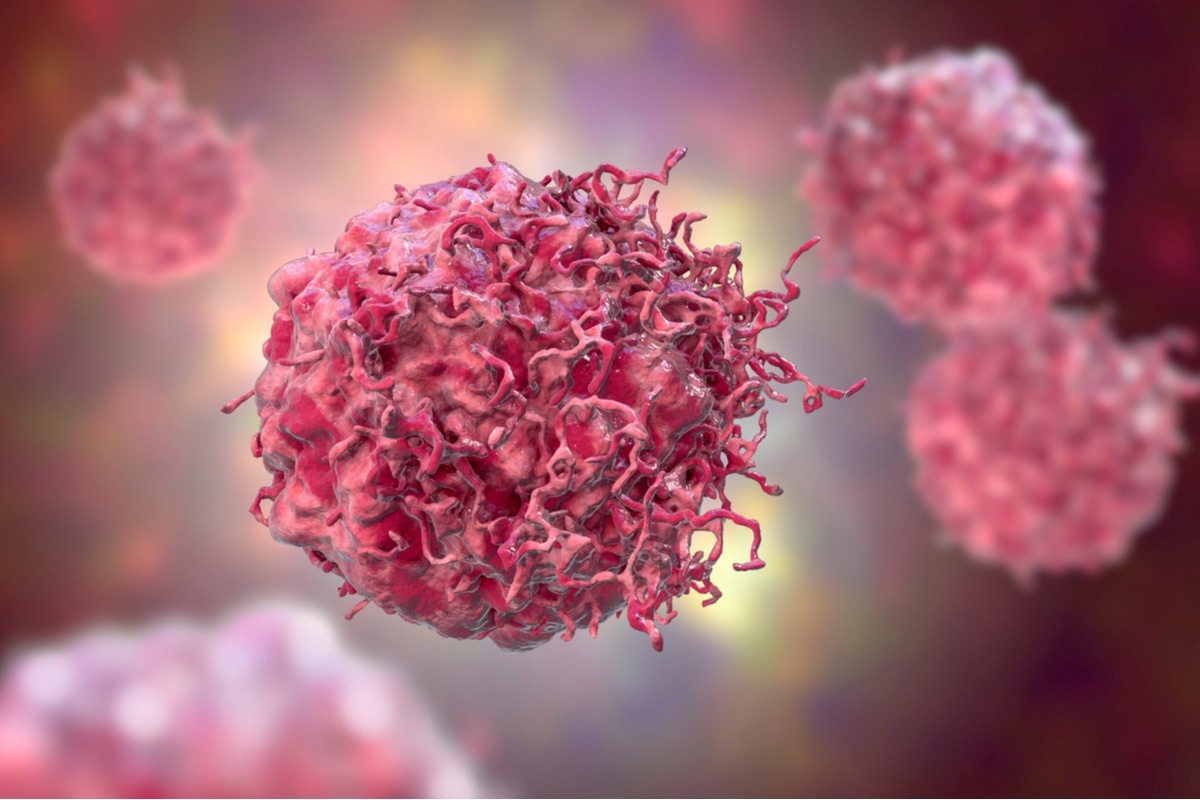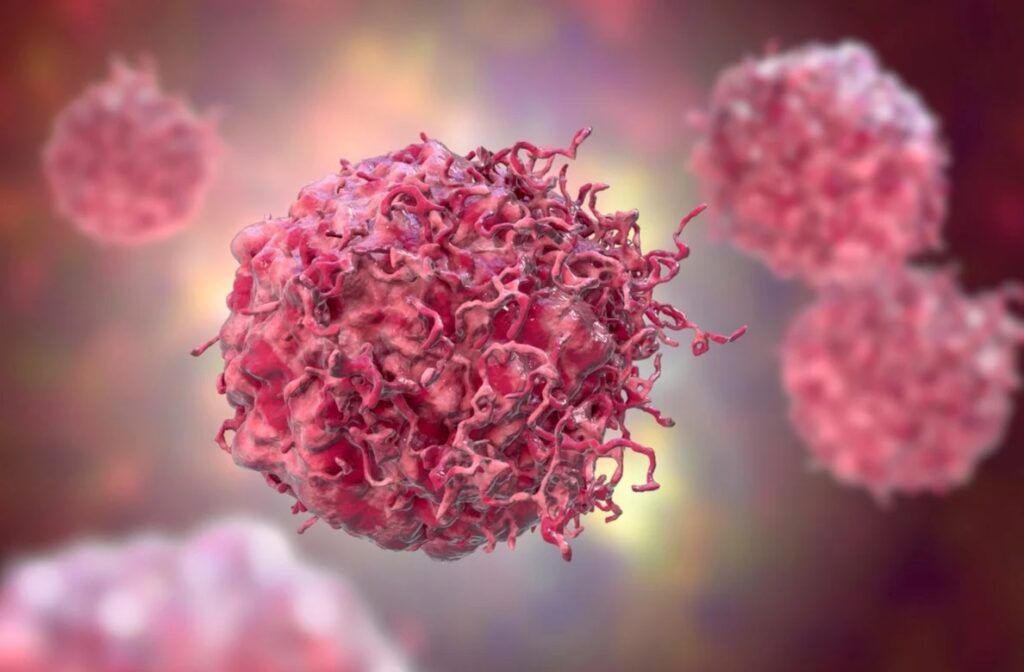
Neoplasms, commonly referred to as tumors, are abnormal growths of cells that can occur in various parts of the body. These growths can be benign (non-cancerous) or malignant (cancerous), and they can have varying impacts on a person’s health. In this article, we’ll delve into the world of neoplasms, exploring their different types, potential causes, available treatment options, and more.
Introduction
Neoplasms, a term often used interchangeably with tumors, refer to abnormal growths of cells in the body. They can arise in various tissues and organs, and their impact on health depends largely on whether they are benign or malignant.
Neoplasm Types
Benign Neoplasms
Benign neoplasms are non-cancerous growths that tend to remain localized and do not invade nearby tissues or spread to other parts of the body. While they may still require medical attention, they are generally less concerning than malignant neoplasms.
Malignant Neoplasms
Malignant neoplasms, on the other hand, are cancerous growths that have the potential to invade nearby tissues and spread to other parts of the body through the bloodstream or lymphatic system. Prompt and appropriate treatment is crucial in managing malignant neoplasms.
Causes of Neoplasms
Genetic Factors
Some individuals may be genetically predisposed to developing certain types of neoplasms. Mutations in specific genes can increase the risk of tumor formation.
Environmental Factors
Exposure to certain environmental factors, such as carcinogens present in tobacco smoke, pollutants, and radiation, can contribute to the development of neoplasms.
Lifestyle Choices
Unhealthy lifestyle choices like poor diet, lack of physical activity, and excessive alcohol consumption can increase the risk of neoplasm formation.
Diagnosing Neoplasms
Imaging Tests
Imaging techniques like X-rays, MRIs, and CT scans allow healthcare professionals to visualize the presence of neoplasms and determine their size and location.
Biopsy
A biopsy involves the removal of a small tissue sample from the neoplasm, which is then examined under a microscope. This helps in confirming whether the growth is benign or malignant.
Treatment Approaches
Surgery
Surgical removal of neoplasms is a common approach, especially for benign growths. In some cases, it might also be used to remove malignant tumors, either alone or in combination with other treatments.
Chemotherapy
Chemotherapy uses drugs to destroy or inhibit the growth of cancer cells. It’s often employed when the cancer has spread to different parts of the body.
Radiation Therapy
Radiation therapy involves using high-energy rays to target and shrink neoplasms. It can be delivered externally or internally, depending on the situation.
Targeted Therapy
Targeted therapies focus on specific molecules involved in the growth of cancer cells. They can be more precise in their action compared to traditional chemotherapy.
Living with Neoplasms
Supportive Care
Living with neoplasms may require supportive care, such as pain management, emotional support, and addressing treatment side effects.
Lifestyle Adjustments
Adopting a healthy lifestyle can positively impact the well-being of individuals with neoplasms. This includes a balanced diet, regular exercise, and stress management.



